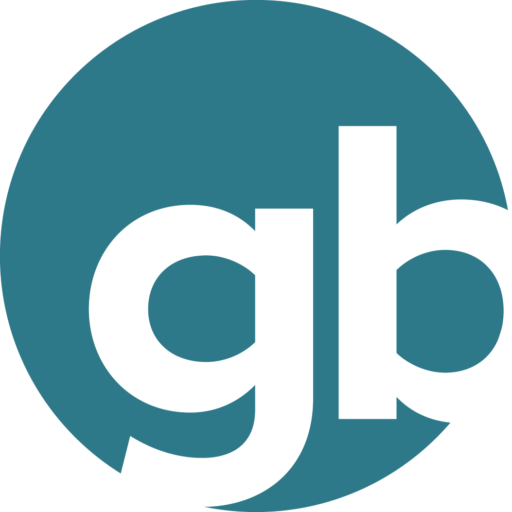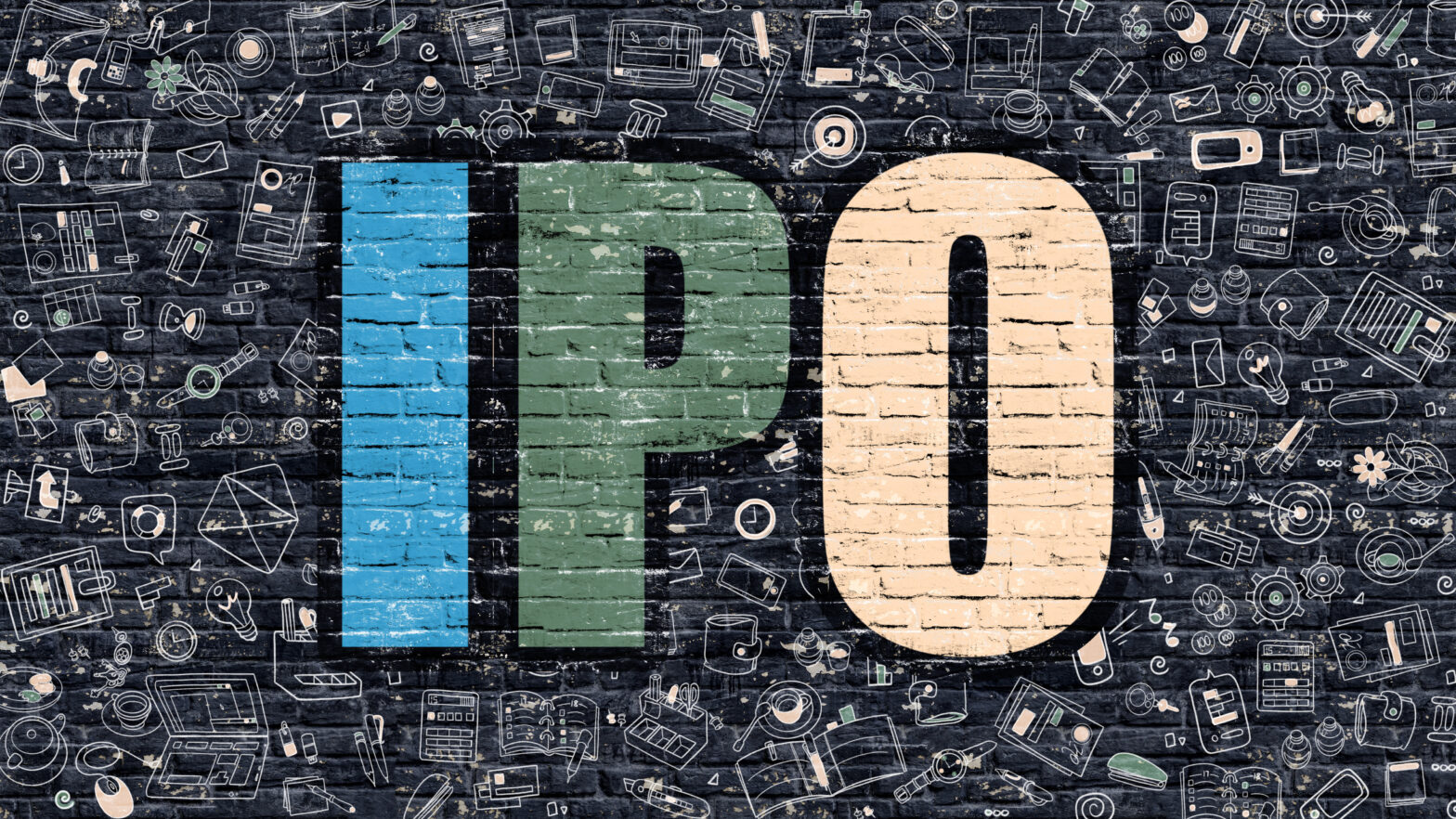For companies coming to AIM, the junior stock market promises the opportunity to leverage up and embark on the kind of acquisitive growth that can only really be achieved by taking on a new host of institutional backers.
Research from GrowthBusiness shows that businesses listed on the junior market are still using a capital market profile to make acquisitions, with the cost of those deals soaring.
Last year saw a thawing of the uncertainty that had gripped the market following the fall-out of the economic crisis, and the hesitancy it brought. Back then M&A activity hit 210 deals worth £1.3 billion.
This year, despite deal numbers only rising by one to 211, and AIM’s population slipping by six per cent to 1119, M&A values have soared by 50 per cent to £1.9 billion.
M&A on AIM 2012 shows that acquisitions of companies or business units has risen from 168 to 172, while disposals fell from 42 to 39. Furthermore, the start of 2012 has shown that the surge in deal values is set to continue. While deal numbers have changed only marginally, the value of acquisitions climbed by 31 per cent to £362 million.
A fall in the value of disposals during the first quarter of 2012, from £234 million to £53 million, can be attributed to a single deal in the first quarter of 2011, the £205 million disposal of Laxey Logistics by DouglasBay Capital.
Dov Katz, partner and head of AIM at law firm Howard Kennedy, says that even though there is less financing available for new deals, there is and has been increased M&A activity on the market.
He adds, ‘We have seen this first-hand. Over the past year, we have advised on two takeovers on AIM companies advising the offeror in each case and were also involved on a reverse takeover and further acquisition for another AIM company.’
One particular AIM company which has been particularly active in the past 18 months is Ebiquity, a business which provides media and marketing analytics.
During 2011 Ebiquity closed three acquisitions, with Echo Research, The Joined Up Media Company and Faulkner Media Management purchased.
Andrew Beach, CFO at Ebiquity, says that the company is constantly looking for companies which fill a gap that the business does not already operate in. Beach and Ebiquity have found that clients are demanding services in particular territories, which ultimately means that the marketing firm needs local experts.
While Ebiquity closed three deals in 2011, and one during the first three months of 2012, Beach says that the company is still finding it hard to find the kind of ‘game-changing’ deal that it closed in March 2010 when it acquired Xtreme for £17.9 million and effectively doubled in size.
The company’s acquisition drive has been supported by a healthy interest from new and existing investors which are eager to provide the kind of growth capital that is essential for development via M&A.
With the likes of Blackrock and Artemis holding stakes, the firm also managed to get away a £2.6 million fundraising in May which helped foot the bill of the Echo Research purchase.
Decision time
The uncertainty which has dominated the capital markets since the economic fallout that began in 2007 has meant that, for many companies, M&A has not been an option. The upshot is that cash levels have grown to a stage where acquisitions that are getting away are increasingly being structured using an all cash structure.
During 2011, payments in cash reached 84 per cent of total deal value, compared to 72 per cent in 2010. Looking further into cash payments shows that conditional payments made up 13 per cent of total maximum acquisition value in 2011, up from 7 per cent in 2010.
It is a deal structure which has been part of all of Ebiquity’s recent acquisitions, in part to make sure that the acquired business, and the entrepreneur that has created it, are part of the future, Beach says.
He adds, ‘They buy into the Ebiquity story and inevitably they don’t tend to leave.’
Digital marketing agency dotDigital Group used 2011 to make the move from PLUS to AIM after the business found that there was no institutional investment in PLUS stocks.
Peter Simmonds, chief executive of dotDigital, says that the decision to join AIM was ‘always on its strategic roadmap, and came about after low liquidity and trading volumes in PLUS shares.
On the back of its move to AIM dotDigital has seen its market cap increase from £13 million when it was on PLUS, to £21 million on admission to the junior market and £33 million today.
Simmonds says that the business now counts BlackRock, Legal and General and Herald and Helium Fund as institutional backers and has seen its profile raised ‘significantly’ amongst analysts and corporate clients.
Acquisitive dotDigital has also used the process of deferred contingent payments, a decision that Simmonds says reflects the fact that the business is acquiring young growing companies which are difficult to put a firm value on at an early stage of development.
The healthy number of deals that are being closed on AIM, coupled with a rise in value, shows that those on both sides of the fence are re-aligning their interests.
Robin Stevens, partner at accountancy firm Crowe Clark Whitehill, believes that if one positive can be drawn from the last four years of financial stress, it is that those on both the buy and sell side have had to become more realistic with regards to value, timing and the ability to raise funds.
He adds, ‘If we sit around and wait nobody wins, but if deals move forward at least momentum is maintained and hopefully value is created for the long term.’






